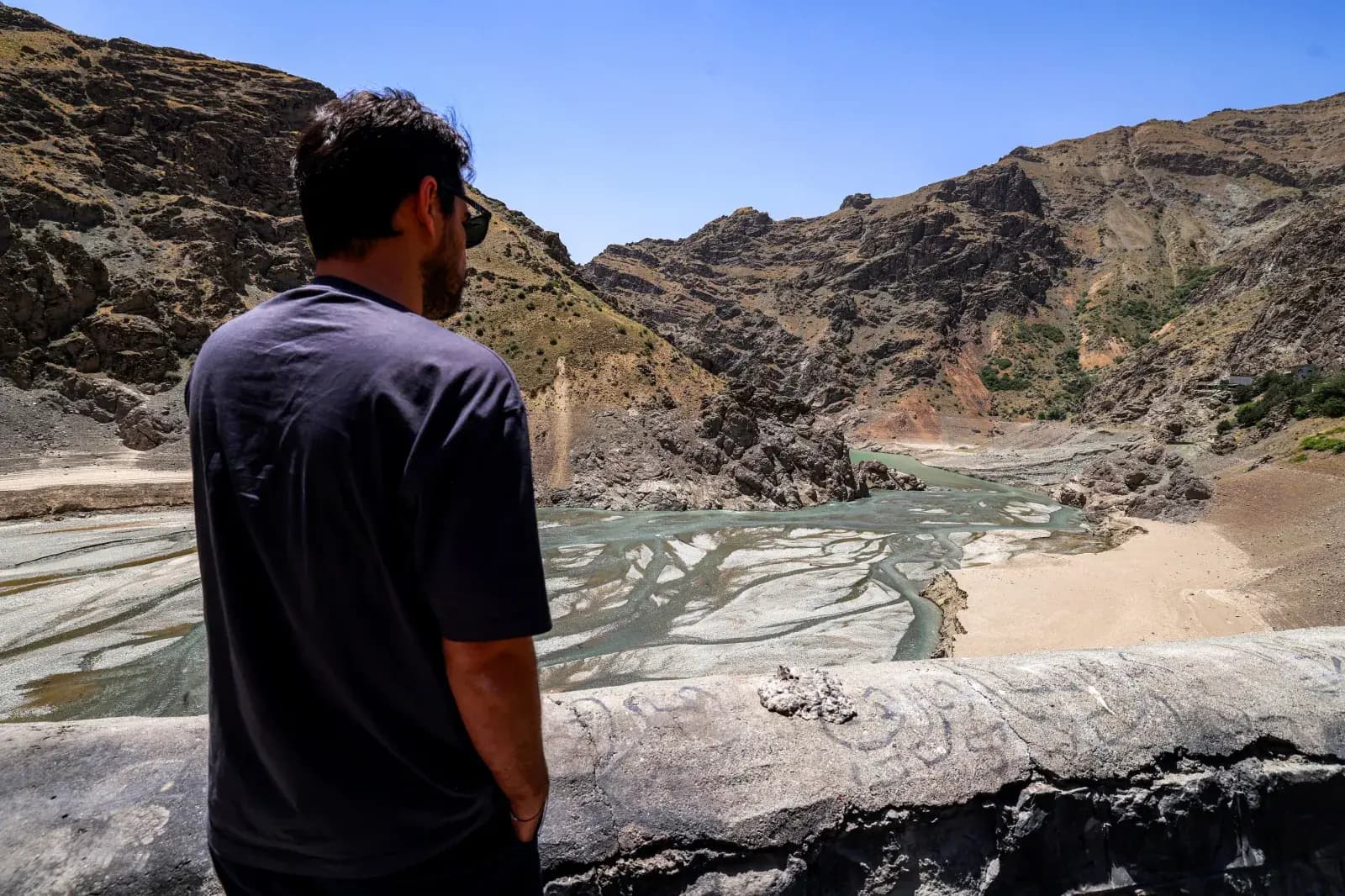We're loading the full news article for you. This includes the article content, images, author information, and related articles.
As Tehran faces a potential evacuation due to its worst drought in a century, the crisis highlights global climate fragility and poses indirect risks to key Kenyan trade partnerships in the region.

Iran is grappling with an unprecedented water crisis following its worst drought in decades, prompting President Masoud Pezeshkian to issue a stark warning: the capital, Tehran, may face evacuation if rainfall does not replenish critically low reservoirs soon. Speaking on Friday, 7 November 2025, President Pezeshkian stated that water rationing is imminent for the city's more than 10 million residents, but even that may not be sufficient to avert disaster. "If it doesn't rain in Tehran by late November, we'll have to ration water," Pezeshkian announced. "And if it still doesn't rain, we'll have to evacuate Tehran."
The severity of the situation is underscored by official data from Iran's water authorities. According to Behzad Parsa, director general of the Tehran water company, the Amir Kabir Dam, one of five main reservoirs serving the capital, held only 14 million cubic metres of water as of early November 2025 — a fraction of the 86 million cubic metres recorded at the same time last year. This leaves the city with potentially less than two weeks of supply at current consumption rates. The crisis is not isolated to the capital. In Mashhad, Iran's second-largest city, water levels in its supplying dam reservoirs have plummeted to below three percent, according to a 9 November 2025 report from the ISNA news agency citing local water officials.
While the immediate trigger is a severe lack of rainfall — with precipitation in Tehran province down 100 percent according to some officials and the country facing its driest autumn in over 50 years — experts point to a combination of factors. Chronic mismanagement of water resources, inefficient agricultural practices that consume over 80 percent of the nation's water, and the impacts of global climate change have created a long-term vulnerability. Iran's own officials have acknowledged these systemic issues. Former Agriculture Minister Isa Kalantari previously noted that the agricultural sector imposes a massive environmental cost for its output. The crisis has led to the depletion of groundwater aquifers, causing significant land subsidence in major cities and forcing rural populations to migrate to urban centres, further straining infrastructure.
The government is now implementing emergency measures, including plans for rolling water cuts in Tehran, as confirmed by Energy Minister Abbas Ali Abadi on Saturday, 8 November 2025. However, these actions are viewed by some, like Reza Hajikarim, head of the Iranian Water Industry Federation, as having come far too late. The social and economic consequences are already mounting, threatening food security and exacerbating economic pressures in a nation already strained by international sanctions. The government has acknowledged that wheat production for the 2024/25 season will be severely affected, likely increasing reliance on imports.
While there are no direct environmental links between Iran's drought and East Africa, the crisis carries significant indirect geopolitical and economic implications for Kenya. Iran is a key strategic partner and a major market for Kenyan exports, particularly tea. In 2024, Kenyan tea exports to Iran were valued at approximately USD $33 million (KES 4.25 billion), making it one of the top destinations for the commodity. A joint committee was established in August 2025 to resolve trade barriers that had previously hindered these exports.
An escalating domestic crisis in Iran, combining water scarcity with economic instability, could disrupt this vital trade relationship. A decline in Iran's economic stability or a shift in its import priorities due to food security concerns could negatively impact demand for Kenyan tea, affecting foreign exchange earnings and the livelihoods of thousands of Kenyan farmers.
Furthermore, any significant instability in a major Middle Eastern power like Iran risks broader regional volatility. For East Africa, which is geographically proximate to the Arabian Peninsula, such instability could impact maritime security in vital shipping lanes like the Red Sea and the Strait of Hormuz, affecting global trade routes and energy prices. Analysts note that geopolitical tensions in the Middle East can lead to currency depreciation and increased debt pressure on East African economies, including Kenya. The situation in Iran serves as a critical reminder of the interconnectedness of global climate, economic, and political systems, where a crisis in one region can have far-reaching consequences for partners thousands of kilometres away.
Keep the conversation in one place—threads here stay linked to the story and in the forums.
Other hot threads
E-sports and Gaming Community in Kenya
Active 7 months ago
Popular Recreational Activities Across Counties
Active 7 months ago
The Role of Technology in Modern Agriculture (AgriTech)
Active 7 months ago
Investing in Youth Sports Development Programs
Active 7 months ago